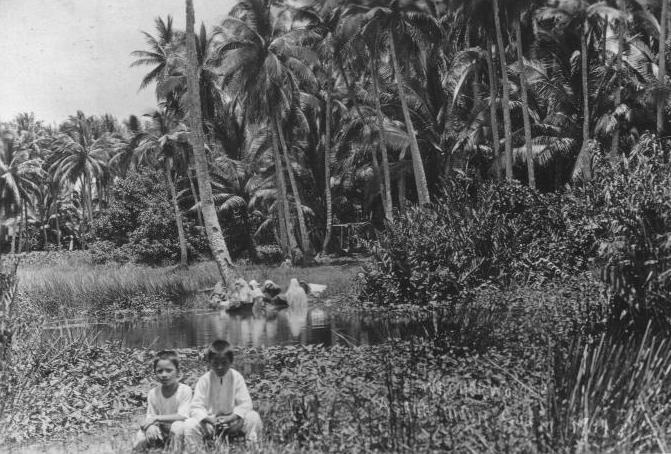
Figure 1.--Guam was a remote tropical paradise virtually unknown to the outside world. This photograph of Chamorros was taken by an American sailor stationed on Guam. |

|
The Chamorro or Chamoru people are the indigenous people of the Mariana Islands. They are of Mayo-Polynesian descending from people originating in southeast Asia. They appear to have arrived in the Marianas about 2000 B.C. There are no historical accounrd, but linguistic and archaeological evodence connect the Chammoros to the people who popilated the Malay Peninsula, Indonesia, znd the Philippines. Available evidence suggests that different peoples may have arrived over time with multiple cultural, ethnic, and linguistic traditions. DNA studies may yield more precise evidence as to their origins. Some estimates suggest that as many as 100,000 Chamorros populated the Marianas when the Spanish first arrived (17th century). They fiercely resisted Spanish rule. Guam and the rest of the Marianasa became a Spanish colonial possession. The Chamorros were like many native peoples substantially reduced by the lack of resistance to European diseases. The Spanish killed many Chamorrop men in the Northern Marianas. As part of Spanish colonial policy to subdue and Christanize the native Chamorros in the Marianasa, most of the Chomoros on Saipan were resettled on Guam. On Rota some Chamorros managed to hide out in the hills. Most of the Chamorros, however, were moved to Guam. There they were Christianized and separated in different parishes to prevent further rebellion. The population declined to less than 10,000 people (about 1800). Father Frances X. Hezel oversaw their conversion. Chamorros caught or even reported to be engaging in pagan "sorcery" were publicly punished. Guam became the remote backwater of the Spanish Empire. The Chamorros by most accoynt got on well with the Americans after the Spanish-American War. Their contact was primarily with the U.S. Navy sailors. The American administration brought improved sanitation and education. The Navy also brought jobs for the Chamorros. The Chamorros after the Japanese invasion (1941) remained basically loyal to the Americans. The Jappanese questioning their loyalty rounded up much of the population and interned them in concentration camps. Some Chamorros and almost all of the Japanese were killed in the American invasion which liberated the island (1944).
Navigate the Boys' Historical Clothing Web Site:
[Return to Main Guam page]
[Return to Main World War II Marianas archipelago page ]
[Return to Main World War II Marianas page ]
[Return to Main World War II island territory page ]
[Return to Main World War II country page ]
[Return to Main Marianasa history page
[Introduction]
[Activities]
[Biographies]
[Chronology]
[Clothing styles]
[Countries]
[Bibliographies]
[Contributions]
[FAQs]
[Glossaries]
[Images]
[Links]
[Registration]
[Tools]
[Boys' Clothing Home]
